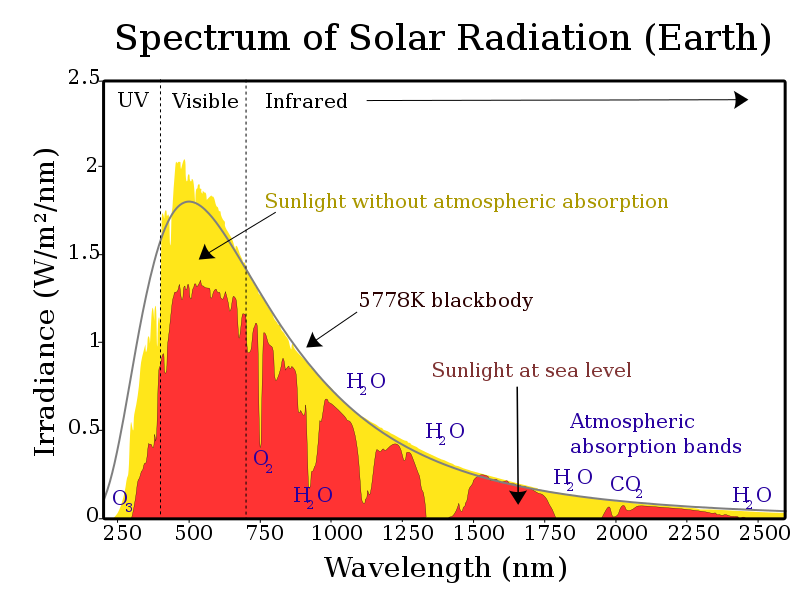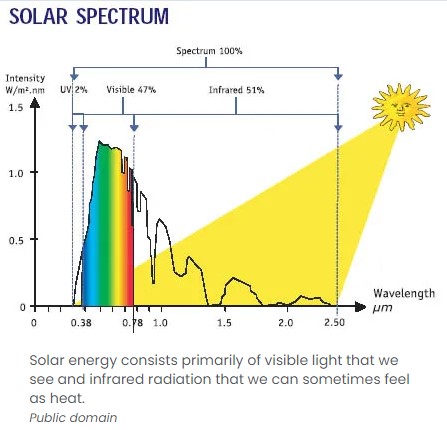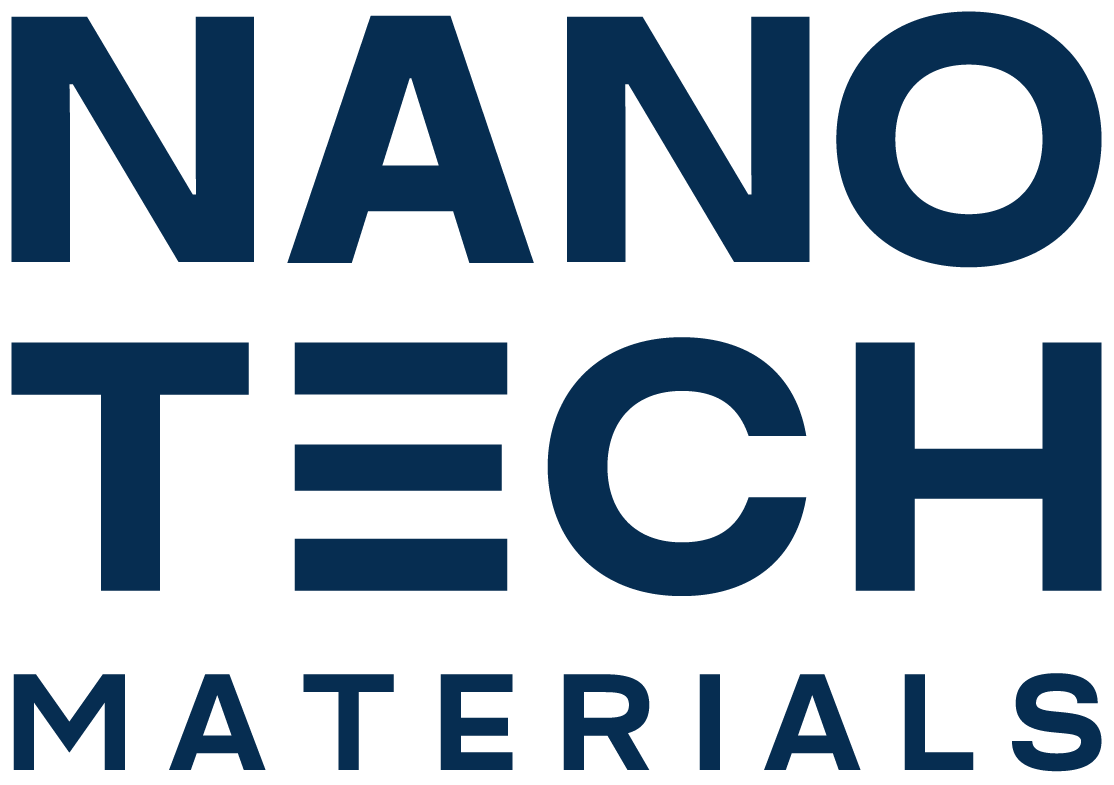Introduction In the realm of thermal management and energy efficiency, especially in roofing technology, the term ’emissivity’ plays a crucial role. While it is often overshadowed by more commonly discussed properties like reflectivity, understanding emissivity is key to maximizing the performance of cool roof coatings. This blog post delves deep into the concept of emissivity, exploring its scientific foundations and practical implications in cool roofing.


Part 1: Understanding Emissivity Emissivity measures a material’s ability to emit the heat it absorbs. This property is quantified as a ratio between 0 and 1. A perfect emitter, with an emissivity of 1, radiates all absorbed thermal energy, while a material with an emissivity close to 0 retains most of the absorbed thermal energy when compared to a black body (perfect emitter). Emissivity is a critical factor in how materials, especially roofing materials, manage thermal energy. This value is a measure of efficiency in thermal dissipation, in other words, how good a material is in dissipating absorbed solar energy.
Scientific Principles Behind Emissivity
- Thermal Radiation Basics: All materials, depending on their temperature, absorb and emit thermal radiation. This emission is influenced by the material’s (emittance) and the efficiency at which this is achieve is called emissivity.
- Spectral Emissivity: The emissivity of a material can vary across different wavelengths. Most building materials have a higher emissivity in the long-wave near infrared and infrared spectrum, which is crucial for cool roof applications.
- Emissivity and Temperature: For most certain materials, emissivity can change with temperature, especially at higher temperatures. This variance can affect the thermal performance of the material under different environmental conditions.
Part 2: Emissivity in Cool Roof Coatings Cool roofs aim to reflect solar radiation and efficiently emit absorbed heat. Here, emissivity becomes an essential component.
How Emissivity Enhances Cool Roof Performance
- Reducing Surface Temperature: Materials with high emissivity release absorbed heat more effectively, preventing excessive heat buildup on the roof surface.
- Improving Energy Efficiency: By lowering the roof temperature, emissivity reduces heat penetration into the building, cutting down on energy consumption for cooling.
- Consistency Across Conditions: High-emissivity materials maintain performance under varying environmental conditions, providing reliable thermal management.
Part 3: Comparing Emissivity and Reflectivity While reflectivity (see above) focuses on preventing heat absorption by reflecting sunlight radiation (all wavelengths), emissivity deals with managing the heat that is absorbed. Both properties are essential for a material to be considered effective for cool roofing. A The vast majority of materials with high reflectivity but low emissivity may still accumulate heat, whereas high emissivity ensures efficient heat emission dissipation through the surface of the coating.
Part 4: Material Considerations in Emissivity Different materials exhibit diverse emissivity values, which is crucial in selecting the right material for roofing applications.
The Impact of Surface Conditions
- Surface Treatment Effects: The emissivity of a material can be altered through surface treatments, such as coatings or oxidation.
- Age and Weathering: Over time, the emissivity of roofing materials can change due to weathering and aging, impacting their thermal performance.
Part 5: Practical Applications and Challenges
- Beyond Roofing: Emissivity is also a critical factor in other areas, such as spacecraft design, thermal insulation, and infrared imaging.
- Measurement Challenges: Accurately measuring emissivity can be complex, requiring specialized equipment and conditions.
- Market Implications: As the awareness of emissivity grows, its consideration in building codes and material selection is becoming more prevalent.
Conclusion Emissivity, though less discussed, accounts for a larger portion of the solar radiation management in the overall reflectivity properties in the performance of cool roofs. A comprehensive understanding of this property can lead to better material choices and more effective thermal management strategies. As the construction industry continues to evolve towards sustainable practices, the role of emissivity in roofing materials will undoubtedly gain more recognition and importance.
Further Reading and References
- “Advanced Roofing Materials” by the National Roofing Contractors Association
- “Thermal Properties of Building Materials” by the International Journal of Civil Engineering
- “Emissivity and Its Impact on Radiative Heat Transfer” by the American Institute of Physics




